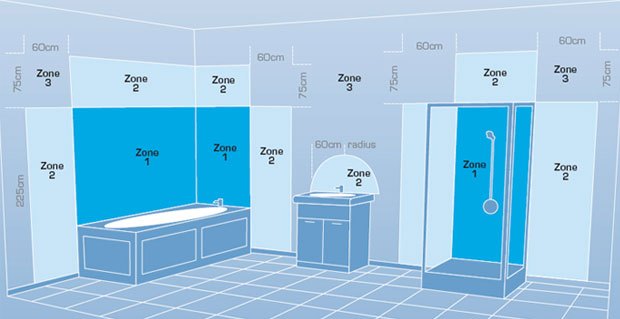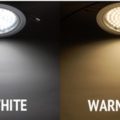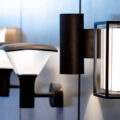We’re here to help with the jargon busting again…
IP Rating, what is it and why do we use it for?
All electrical enclosures are given an IP rating. This is a way of showing how effective their sealing is at providing protection from moisture and other external sources (dirt, dust etc).
The IP rating is generated using a simple formula. The two numbers following the IP are in reference to how much protection they offer against both intrusion, and moisture. The first digit explains the protection offered against intrusion, the second digit then explains the protection against moisture. The digit used in each case is generated from the graphs shown below.
First Digit (intrusion protection):
0. No special protection
1. Protection from a large part of the body such as a hand (but no protection from deliberate access); from solid objects greater than 50mm in diameter.
2. Protection against fingers or other object not greater than 80mm in length and 12mm in diameter.
3. Protection from entry by tools, wires etc, with a diameter of 2.5 mm or more.
4. Protection against solid bodies larger than 1mm (e.g. fine tools/small etc).
5. Protected against dust that may harm equipment.
6. Totally dust tight.
Second Digit (moisture protection)
0. No protection.
1. Protection against condensation.
2. Protection against water droplets deflected up to 15° from vertical
3. Protected against spray up to 60° from vertical.
4. Protected against water spray from all directions.
5. Protection against low-pressure water jets (all directions)
6. Protection against string water jets and waves.
7. Protected against temporary immersion.
8. Protected against prolonged effects of immersion under pressure.
As you can see, there are many different combinations of IP ratings available. For example, an enclosure that is totally dust tight against any intrusion, but has no protection against the effects of moisture would have an IP rating of IP60. You just match the two numbers together; it’s as simple as that!
IP Zoning
With regards to bathroom lighting, there are 3 key zones to focus on if placing fittings in this area.
Zone 0 is inside the bath or shower itself. Any fitting used in this zone must be low voltage, (max 12v) and be rated at least IP67, which is total immersion proof.
Zone 1 is the area above the bath to a height of 2.25m from the floor. In this zone a minimum rating of IP44 is required.
Zone 2 is an area stretching 0.6m outside the perimeter of the bath and to a height of 2.25 from the floor. In this zone IP rating of at least IP44 is required.
These zones show clear outlines as to what IP rating you would require if placing Downlight fittings into your bathroom. These zones are stated in the IP zoning regulations so it is essential that you have the right level of protection in place.
The most common IP rating in terms of Downlights, is the IP65 rating. These offer enough protection to be used in Zones 1 and 2, and are found in nearly all homes across the country.
We at SimplyLed consider the safety of our customers as our top priority; we also understand that it may be hard to grasp all of the terminology and regulations that come with replacing Downlights in the bathroom. That’s why you are always welcome to contact us if you have any queries, or just to reassure yourself that you are using the correct products!
Date: October 25, 2011
Tags: garden home LED Lighting
All electrical enclosures are given an IP rating. This is a way of showing how effective their sealing is at providing protection from moisture and other external sources (dirt, dust etc).




